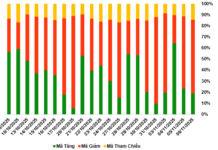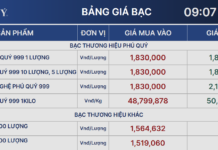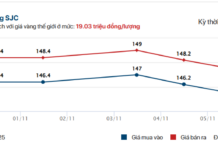National Carrier Spreading Soft Power
Last October, Prime Minister Pham Minh Chinh witnessed Vietnam Airlines signing a Memorandum of Understanding with two leading global carriers, Etihad Airways and Emirates. This partnership aims to boost trade, enhance tourism connections, and foster economic development between Vietnam and Middle Eastern countries.
Shortly after, on November 8, the Prime Minister also witnessed Vietnam Airlines signing another MoU with GuangZhou Yuanzhilv Technology, a Chinese tourism company. This agreement commits to attracting nearly 300,000 Chinese tourists to Vietnam during 2024 – 2030.
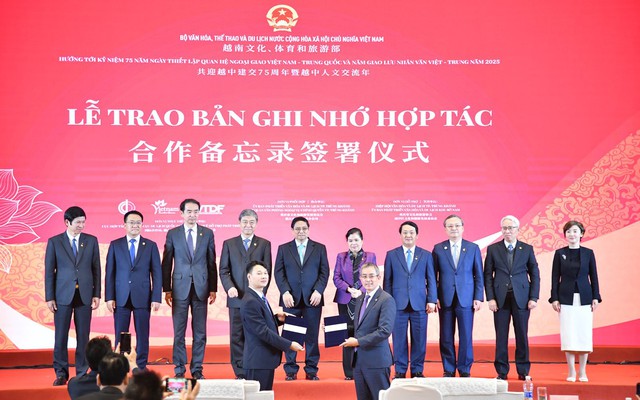
Vietnam Airlines signs an MoU with GuangZhou Yuanzhilv Technology
Vietnam Airlines understands that wherever their planes fly, Vietnam’s “soft borders” expand. Despite intense competition and the aftermath of Covid-19, the airline continues to broaden its global network.
According to Vietnam Airlines’ Director General, Le Hong Ha, the carrier now serves over 90 destinations worldwide, connecting more than 20 countries. They also actively promote Vietnam’s culture and people to the world.
“We are currently exploring expansion to Italy, Denmark, and Canada by 2025,” Mr. Ha revealed.
Recovery and Maintaining Competitive Edge
While Covid-19 significantly impacted airlines globally, leading many to bankruptcy or restructuring, Vietnam Airlines refocused its assets, capital, and human resources. They also enhanced flight safety and service quality. In 2024, the airline balanced its income and expenses and turned a profit.
For instance, during the Covid pandemic, Vietnam Airlines was among the first carriers to propose to the International Air Transport Association (IATA) to allow cargo transportation in passenger cabins.
Currently, due to engine shortages, 12 A321 NEO and 4 wide-body aircraft are grounded for inspection, affecting nearly 20% of their operational capacity. Vietnam Airlines has reorganized its business operations, and their aircraft utilization rate has increased by approximately 15% compared to the pre-pandemic period.
Seizing New Opportunities
According to Chairman of the Board, Dang Ngoc Hoa, Vietnam is presented with numerous opportunities for breakthrough development across various sectors. To achieve this, the country needs to further promote the growth of civil aviation, with Vietnam Airlines, as the national carrier and primary transporter, playing a pivotal role in connecting Vietnam to the world.
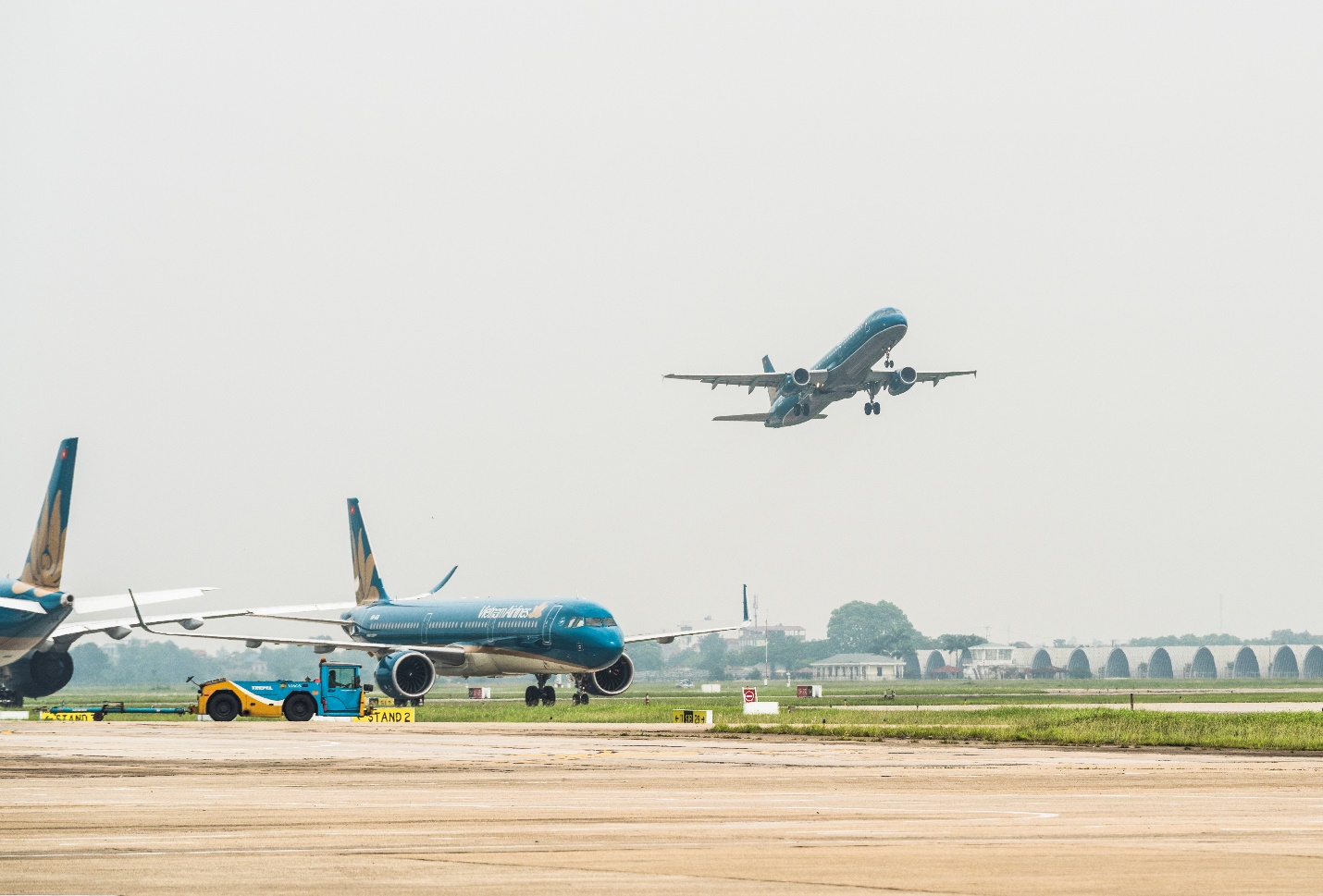
Vietnam Airlines plays a pivotal role in connecting Vietnam to the world
Following the Government’s directives, Vietnam Airlines has developed a comprehensive restructuring plan to overcome the challenges posed by the Covid-19 pandemic. The carrier is awaiting approval from the relevant authorities to implement the proposed solutions and prepare for future growth.
Additionally, Vietnam Airlines seeks government support for the aviation industry regarding environmental taxes, landing and takeoff fees, and infrastructure at airports. The airline is also prepared to invest in the Long Thanh airport to establish it as a regional and global hub.
Post-Covid, Vietnam Airlines is regaining its growth momentum, reflected in a profit of over VND 1,000 billion in the first half of 2024. However, their financial performance has not returned to pre-pandemic levels, limiting their capacity to strengthen their financial position. Moreover, adverse developments have impacted their operations, including a reduced fleet due to engine recalls, high jet fuel prices and exchange rates, and global political-economic instability.
While the Civil Aviation Authority of Vietnam has implemented supportive measures, returning to pre-pandemic growth rates will be a long journey filled with challenges.
On the path to recovery, Vietnam Airlines requires financial support and, more importantly, the removal of regulatory bottlenecks through legal and policy reforms by the relevant authorities. The comprehensive solution proposal to address the difficulties faced by Vietnam Airlines due to Covid-19 will provide the necessary impetus for the national carrier to overcome the financial challenges caused by the pandemic and fulfill its mission as a state-owned enterprise.



